Are you weary of overcrowded tourist spots and yearning for hidden gems in Kyoto? I completely understand—the quest for that unique, untouched experience amidst the city’s historical charm is a shared one.
After much exploration and numerous visits, I have discovered some tranquil places off the beaten path. Allow me to share these secret treasures with you… you’ll truly fall in love with what Kyoto has to offer!
Key Takeaways
- Ine Fishing Village and Amanohashidate Sandbar in Northern Kyoto offer unique seaside views and rural charms, perfect for those wanting a peaceful escape.
- Miyama’s Thatched Villages and Kyoto Botanical Gardens in Central Kyoto provide serene spots to enjoy nature and historical architecture away from the crowds.
- In Southern Kyoto, Wazuka’s Tea Plantations and Uji are famous for their lush tea fields where you can learn about traditional Japanese tea-making.
- Western Kyoto boasts hidden gems like the tranquil Otokuni Bamboo Grove and lesser-known temples such as Gio-ji Temple with its moss gardens.
- Rurikoin Temple offers stunning autumn colours while Seimei Shrine reveals ancient cosmology symbols, both adding cultural depth to your visit.
Northern Kyoto: Discovering Seaside and Rural Charms
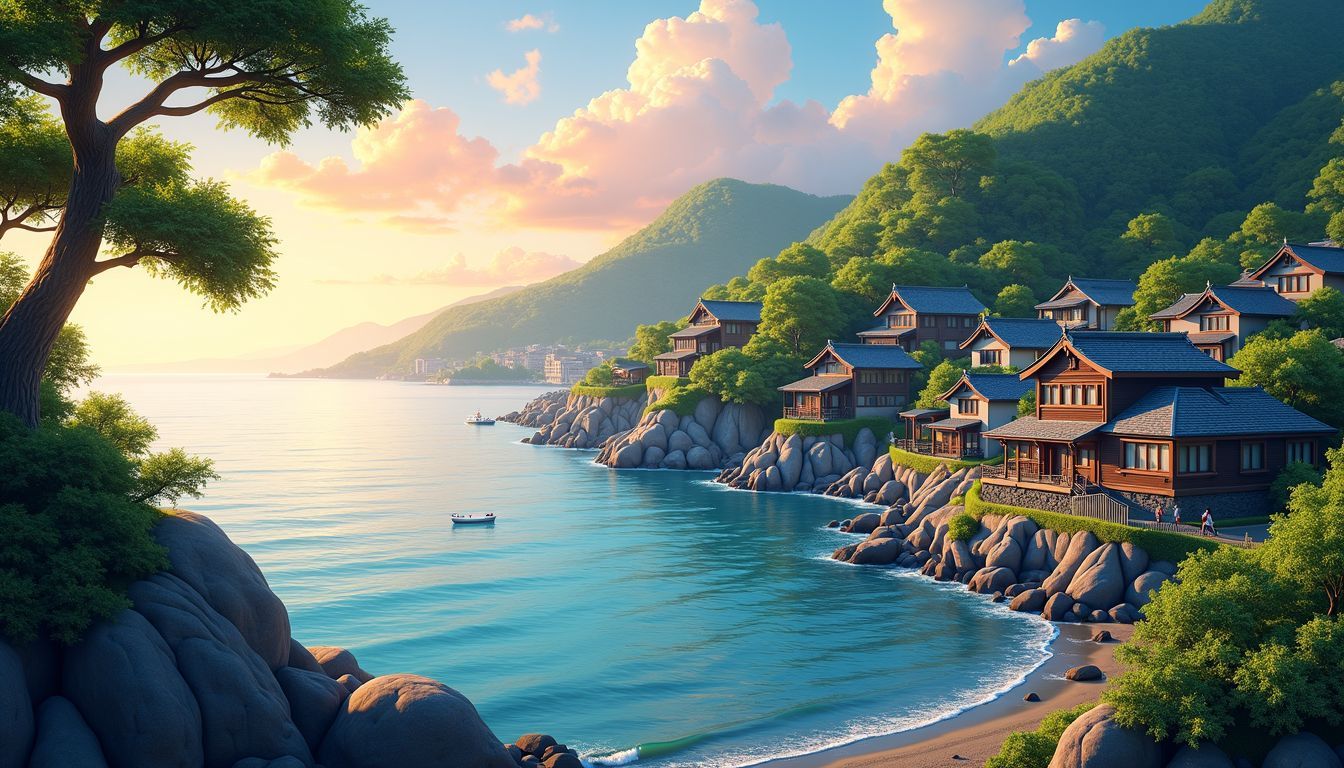
Northern Kyoto offers a mix of seaside views and peaceful rural life. Enjoy the charm of small villages and stunning natural landscapes… there’s much to explore here!
Ine Fishing Village
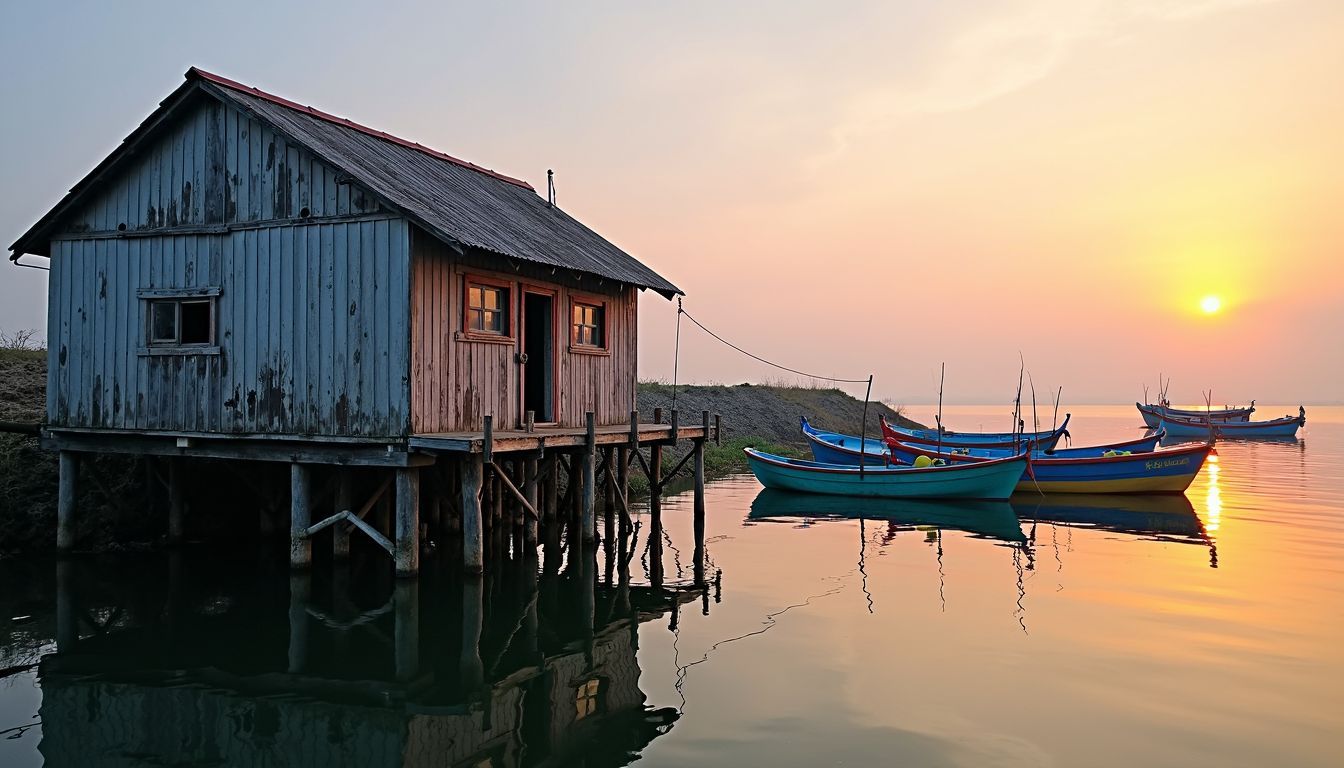
Ine Fishing Village is a truly hidden gem in Northern Kyoto. It blends seaside and rural charms unlike any other place. Rows of funaya, or boat houses, sit right on the water’s edge.
These unique homes have a garage for boats on the ground floor and living quarters above.
I stayed here for two nights and enjoyed fresh seafood caught by local fishermen. It’s a peaceful escape from busy city life, perfect for those who love authentic experiences. You can even join fishing trips to learn how locals catch their fish.
Experiencing Ine was like stepping back in time.
Amanohashidate Sandbar
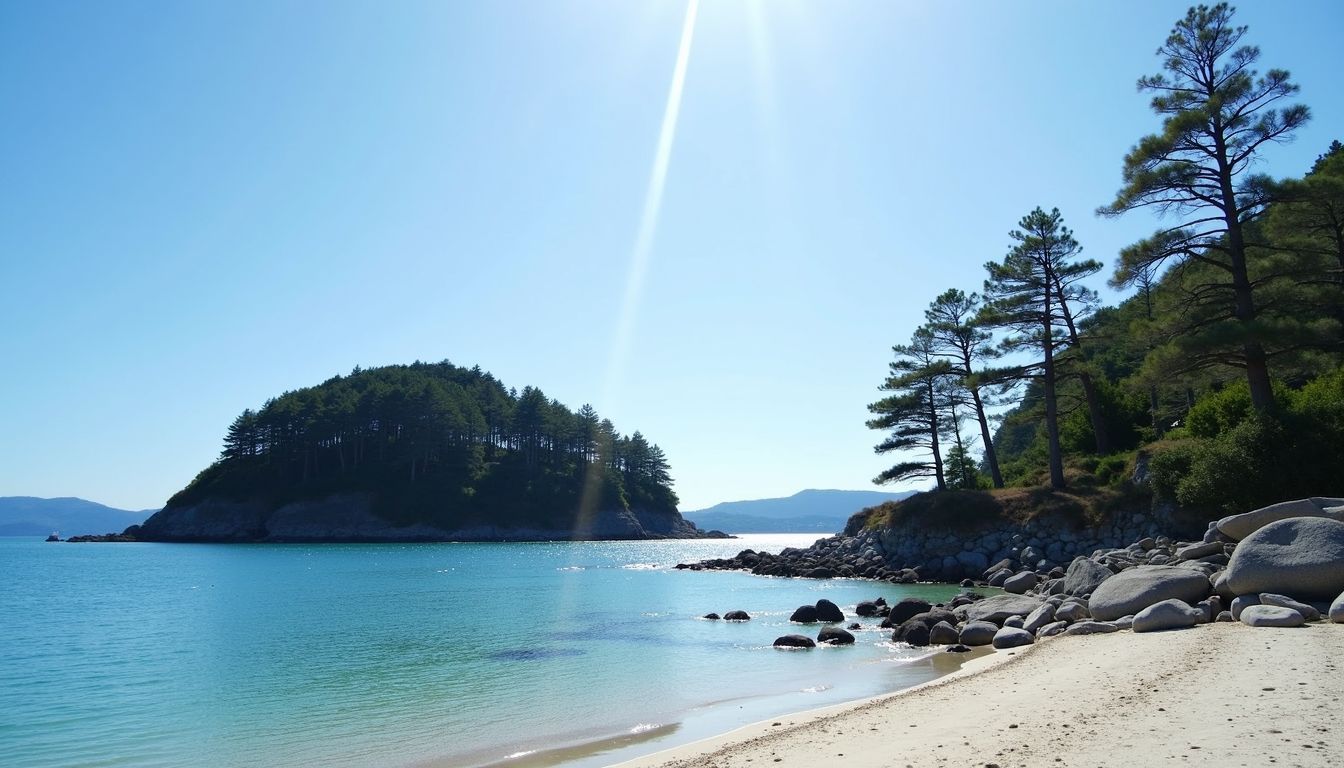
After visiting the charming Ine Fishing Village, explore Amanohashidate Sandbar. This sandbar is known as one of Japan’s three scenic views. The narrow strip stretches about 3.6 km across Miyazu Bay.
Walk or bike along the tree-lined path for stunning views. Look out from Kasamatsu Park and see why many call it “the bridge to heaven.” Spend a lazy afternoon enjoying its natural beauty and rural charm.
Don’t forget your camera! Capture its famous pine trees against the blue sea… Perfect spot for nature lovers and adventurers seeking hidden gems in Northern Kyoto.
Central Kyoto: Woodland Treasures and Serene Escapes
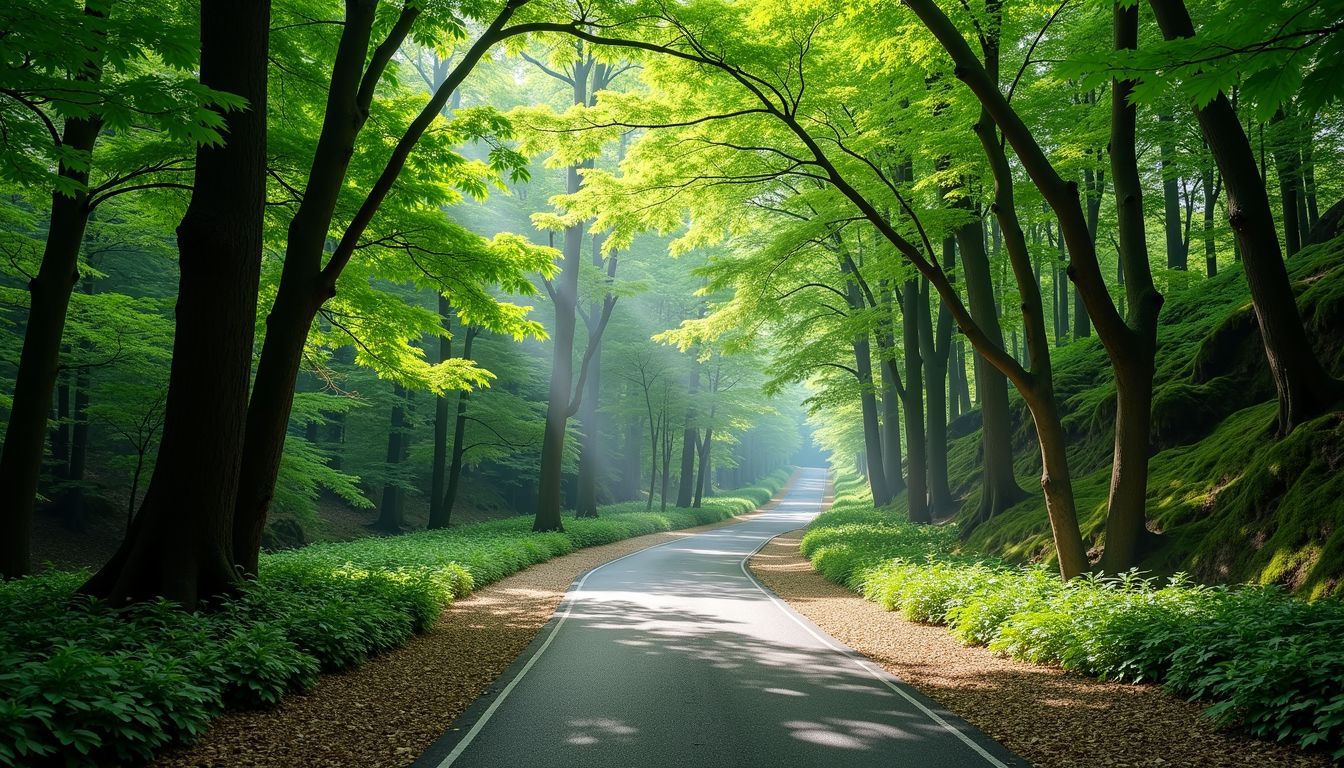
Central Kyoto has some peaceful spots where you can escape the crowds. Walk among the trees and enjoy calm moments in untouched nature… It’s a special experience!
Miyama’s Thatched Villages
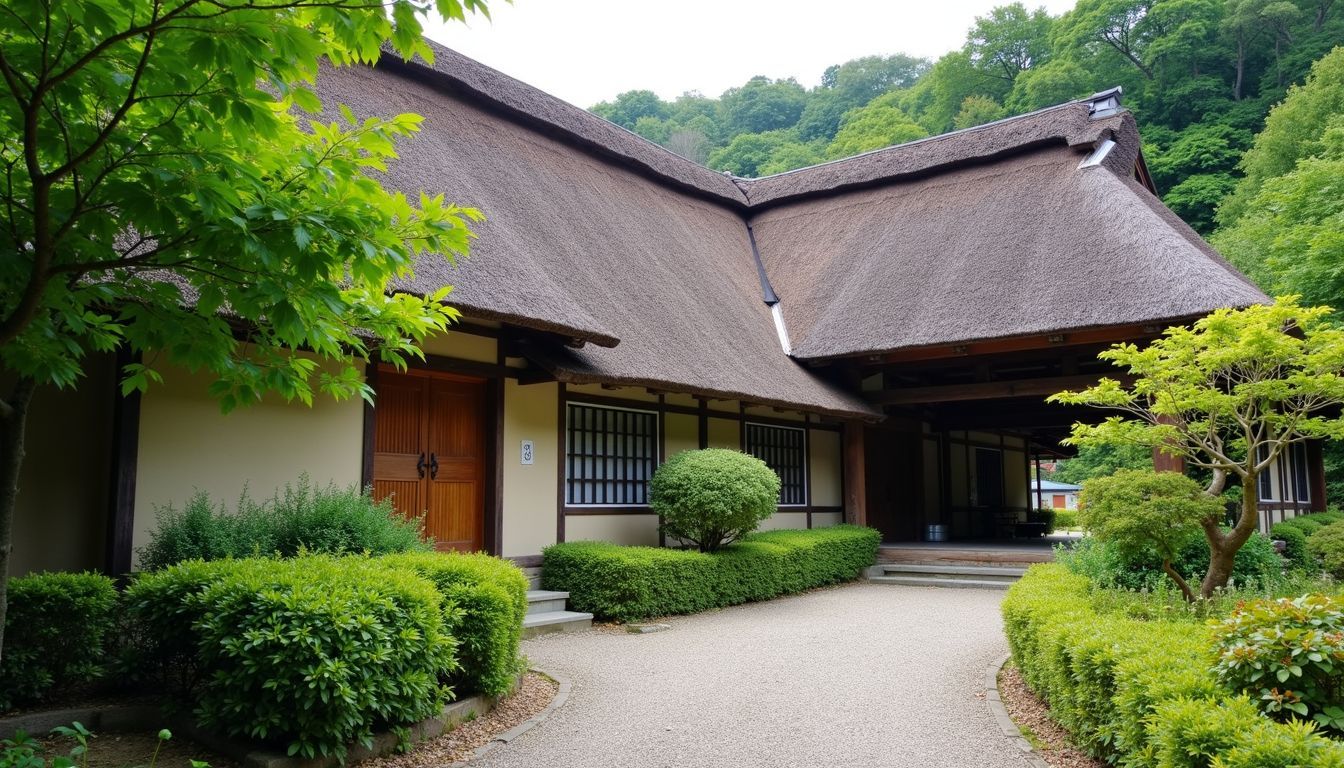
Miyama’s Thatched Villages are a hidden gem in Central Kyoto. They feature beautiful traditional houses with thick, straw roofs. These homes date back to the Edo period and show off Japan’s rich cultural heritage.
If you love history or architecture, this place will charm you.
Walking through the village feels like stepping back in time. The local community welcomes visitors warmly and shares their way of life. This area promotes sustainable tourism to support local businesses and nature conservation efforts.
I loved sipping matcha tea while admiring the peaceful landscape.
It’s blissfully quiet here, I thought as I wandered through Miyama.
Next, I’ll explore another secret spot: Kyoto Botanical Gardens.
Kyoto Botanical Gardens
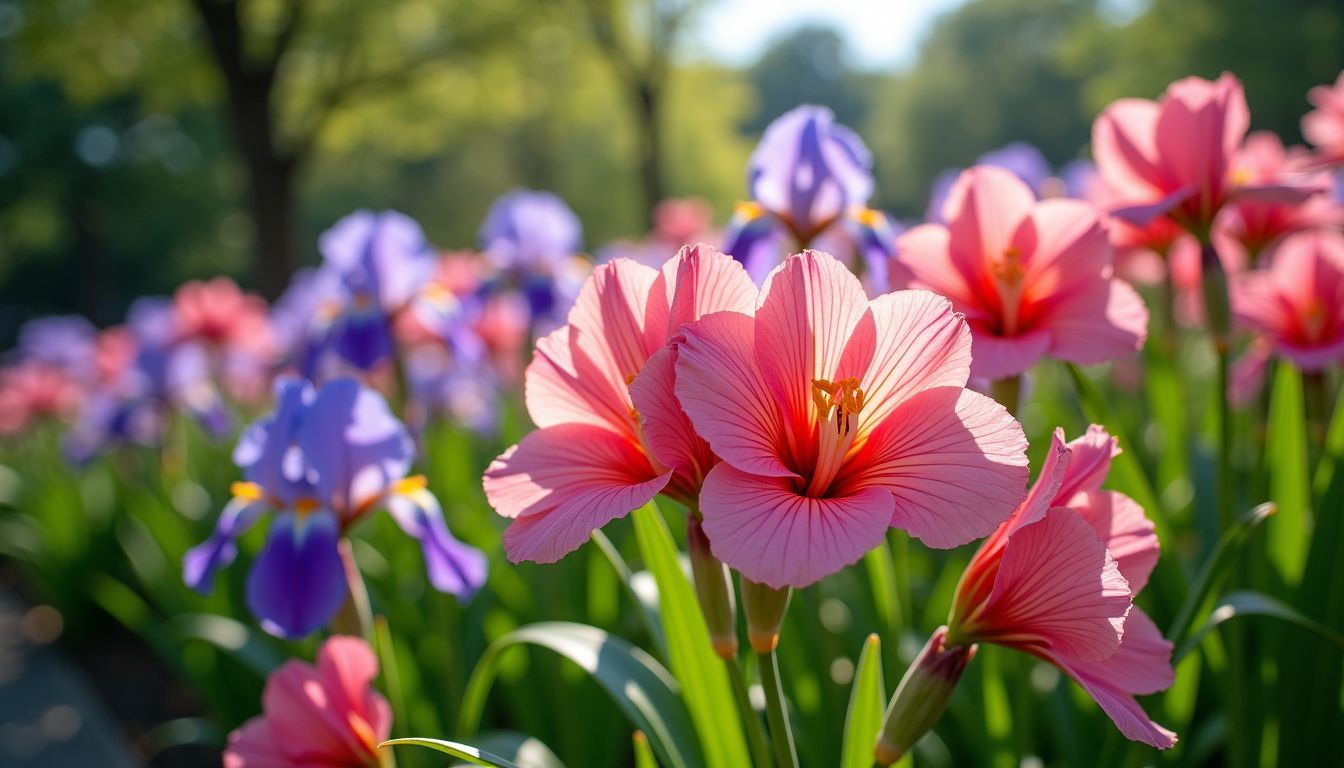
Kyoto Botanical Gardens offer a serene escape in Central Kyoto. It’s an ideal spot to unwind and enjoy nature. The gardens cover 240,000 square metres with over 120,000 plants. They are well-known for their seasonal beauty—cherry blossoms in spring and vibrant colours in autumn.
I strolled through the woodland paths and felt surrounded by peace. There are many benches where you can sit and relax too. Visitors love taking photos of the stunning flowers, especially azaleas and irises during peak bloom times.
Make sure to explore the large greenhouse—it has exotic plants from around the world!
Southern Kyoto: Exploring the Heart of Tea Country
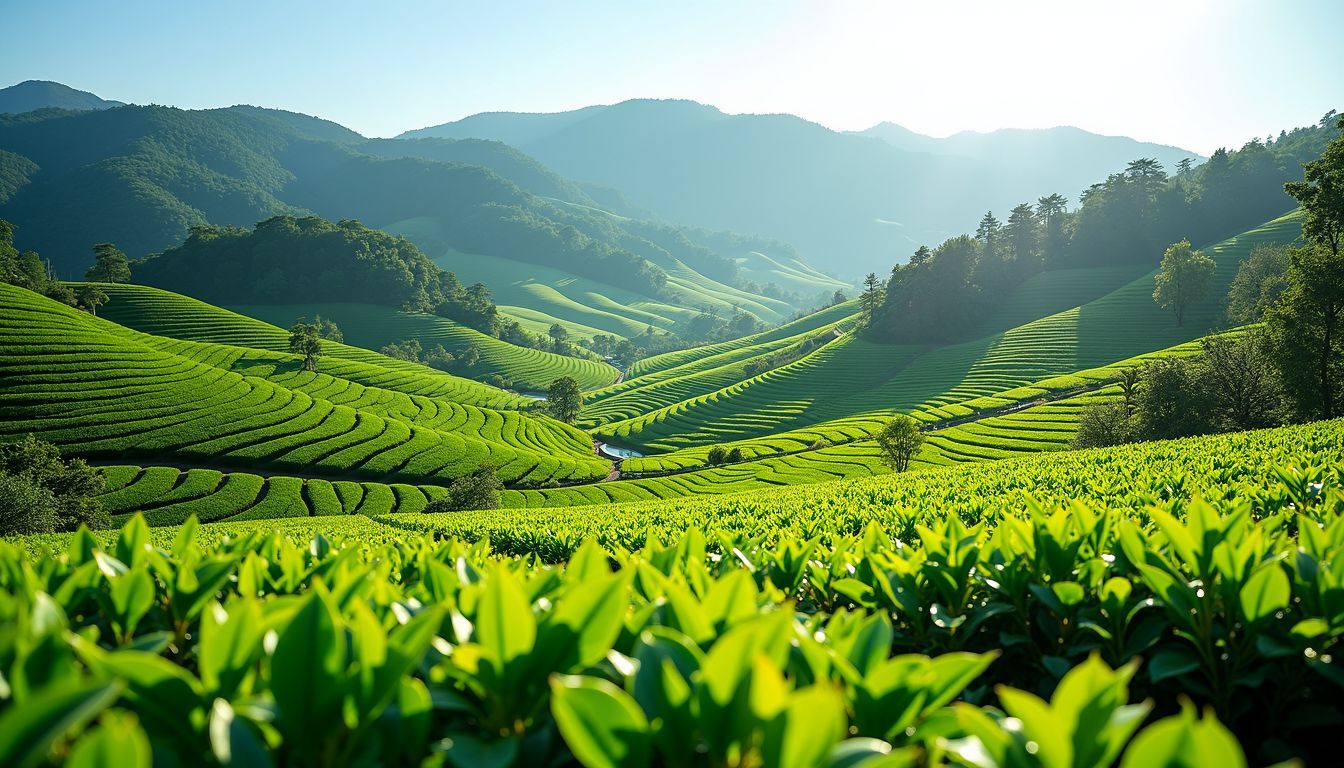
Southern Kyoto: Exploring the Heart of Tea Country:
Tea lovers will adore the rolling fields and rich flavours here. Breathe in the fresh air as you wander through lush tea plantations… sip some of Japan’s finest green tea right at its source.
Wazuka’s Tea Plantations
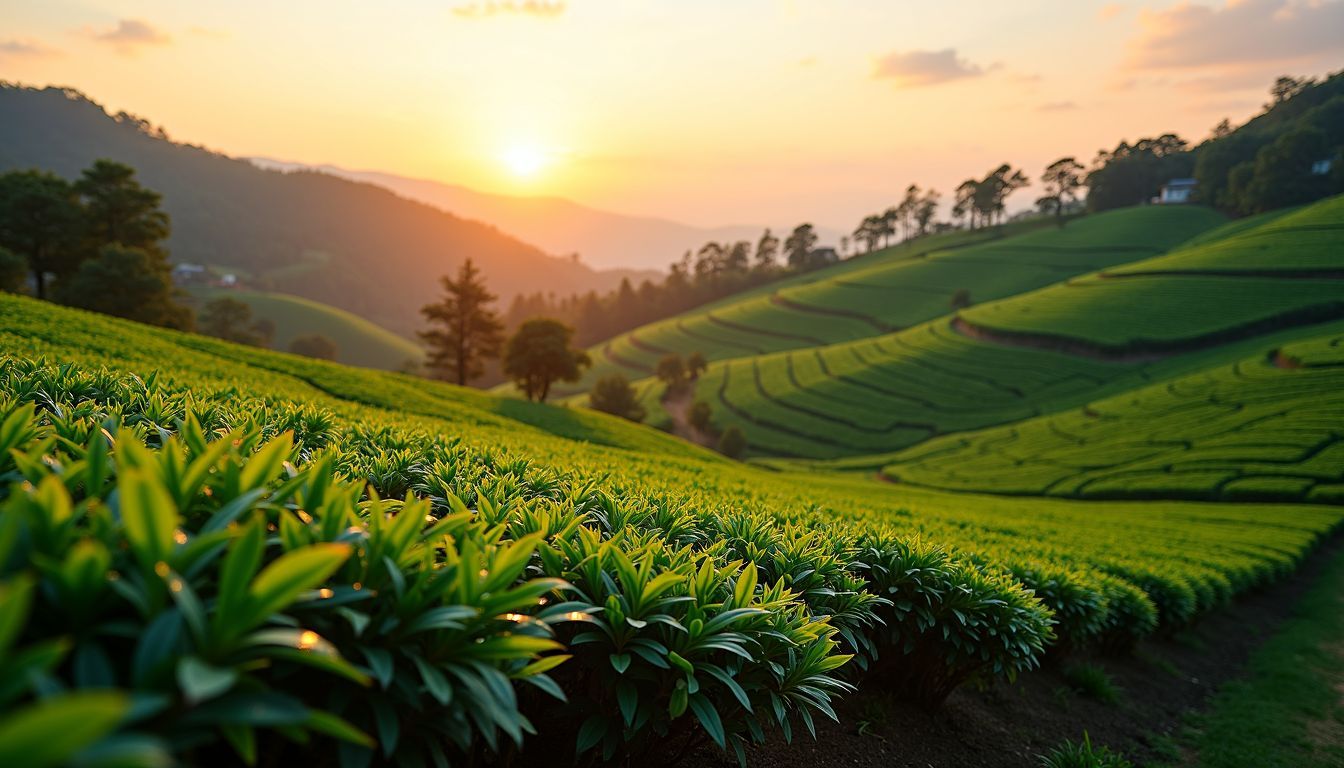
Wazuka is a dream for tea lovers. The small town, located in Southern Kyoto, is known as the heart of Japan’s tea country. Here, lush green hills are covered with neat rows of tea plants.
I had an unforgettable time walking through the plantations. The air smelt fresh and earthy. I even joined a local farmer to pick some leaves, learning about the traditional methods used for centuries.
It’s easy to see why Uji tea from Wazuka is famous worldwide!
Uji, Home of Japanese Green Tea
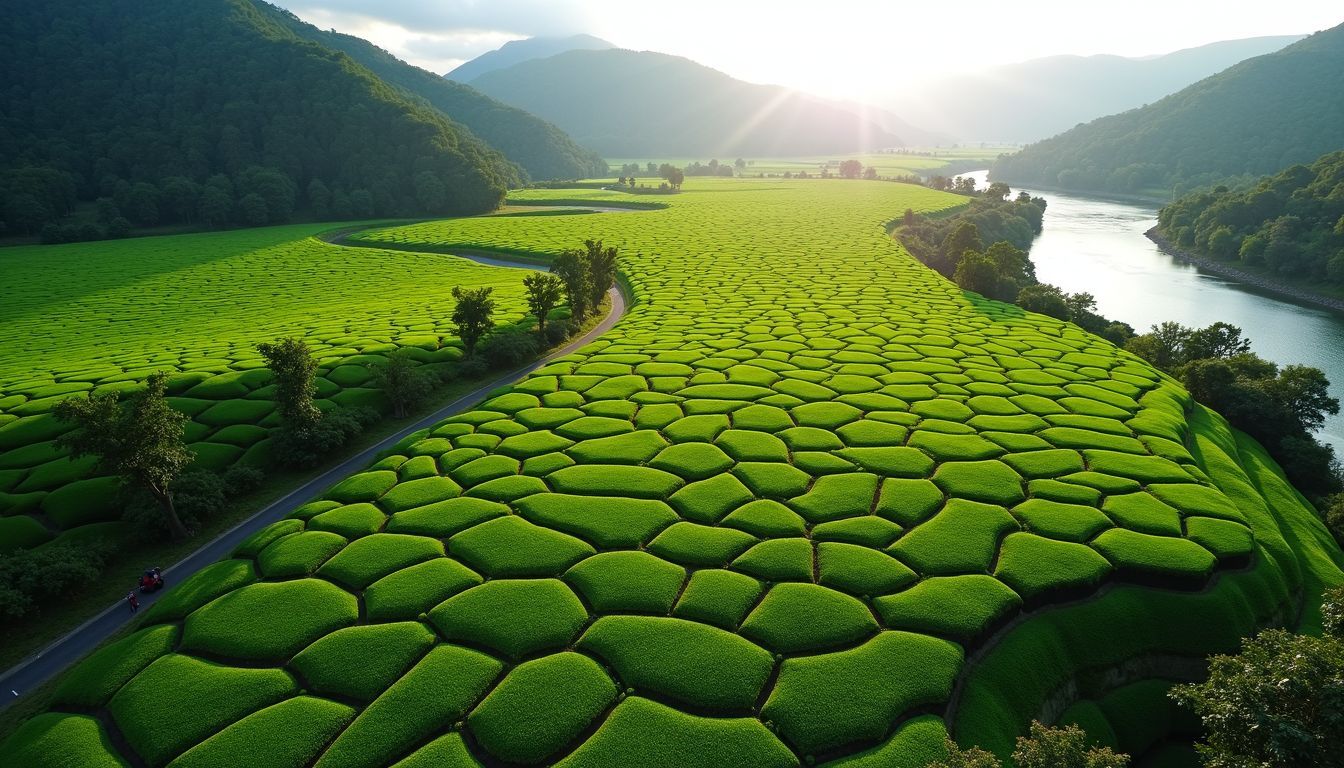
Uji is famous for its green tea. It’s located in Southern Kyoto and known as the heart of tea country in Japan. Tea fields stretch as far as the eye can see, creating a stunning landscape.
The town has many tea houses where you can taste different kinds of green tea.
The Uji River flows through the town, adding to its beauty. Many local businesses produce and sell top-quality green tea here. Visiting Uji allows me to support these small producers while enjoying authentic cultural experiences.
It’s also a great place to learn about traditional Japanese tea ceremonies from experts like Sen no Rikyu.
Western Kyoto: Bamboo Groves and Historical Temples
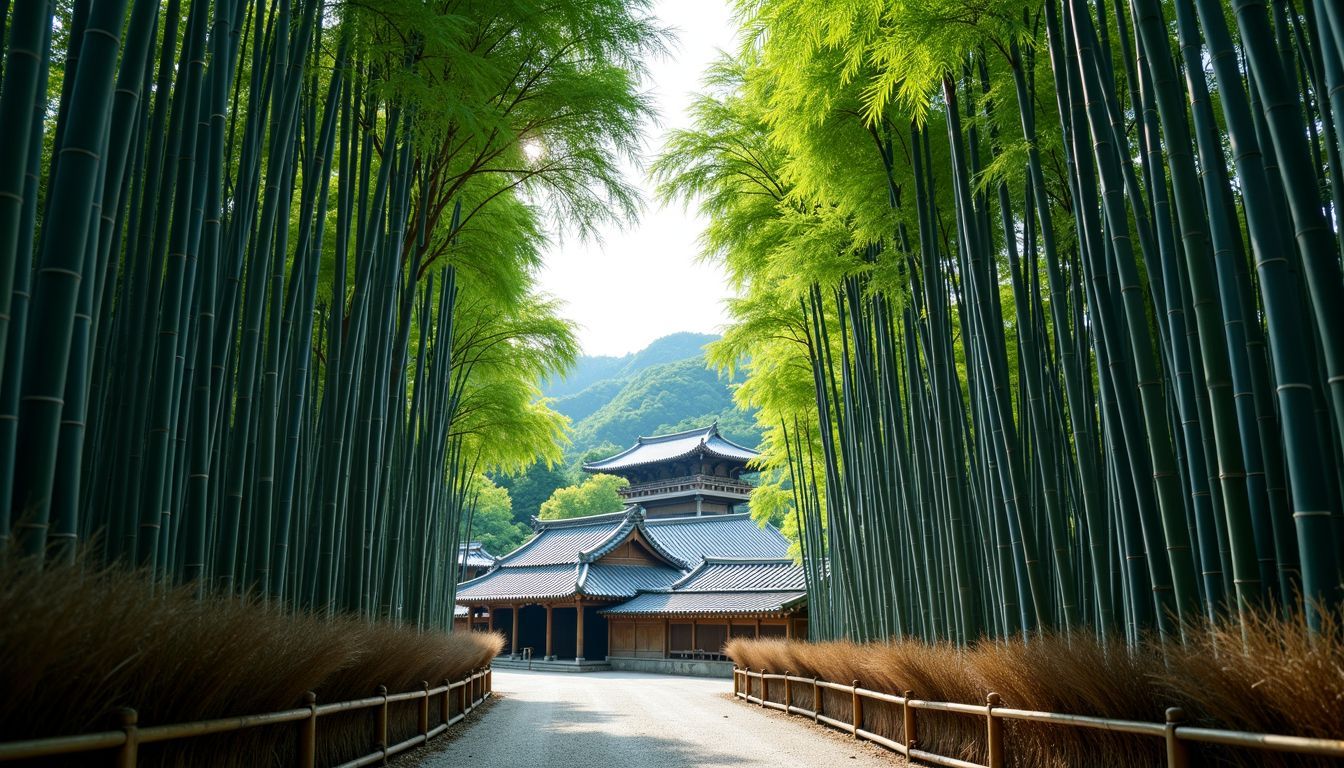
Western Kyoto is a blend of natural beauty and historical wonders. Walk through lush bamboo groves and visit ancient temples steeped in history.
Kyoto Otokuni Bamboo Grove
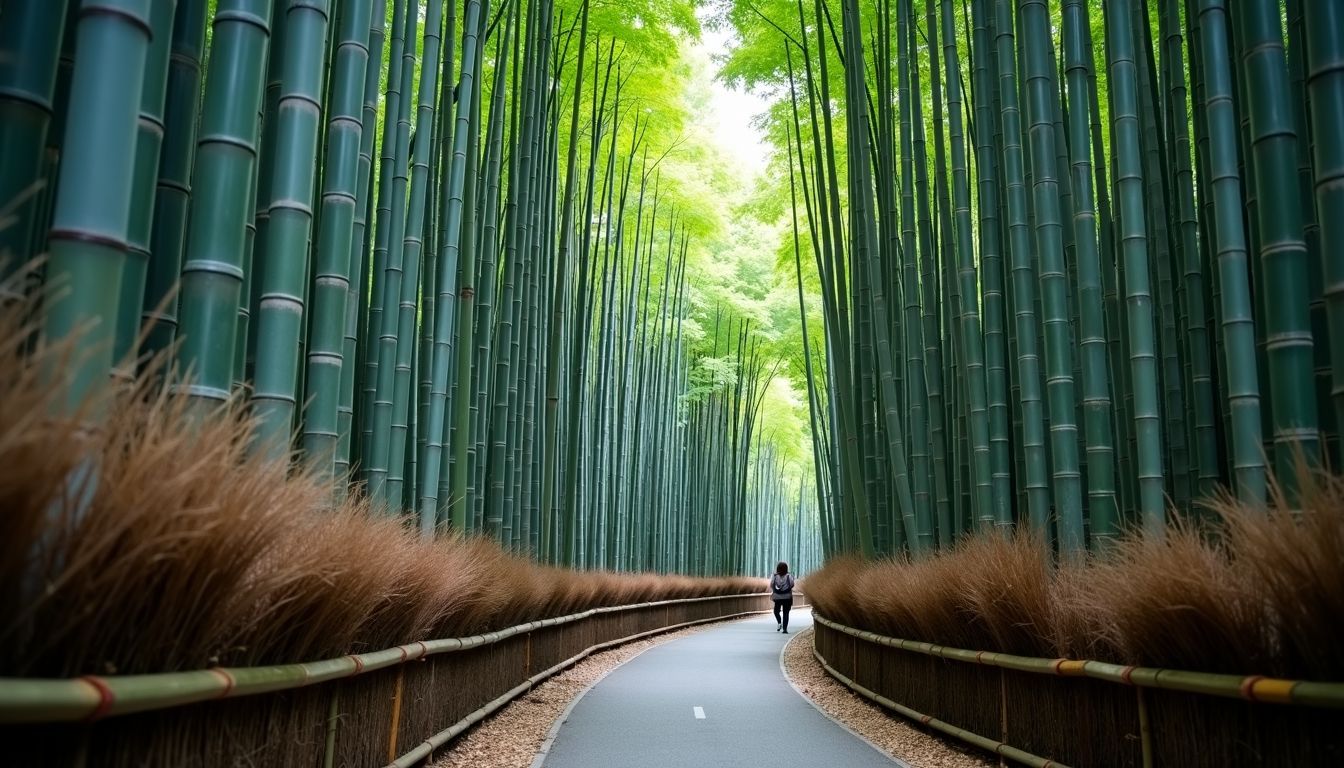 Kyoto Otokuni Bamboo Grove is a must-see. It’s lesser-known than Arashiyama, making it perfect for peaceful walks. The tall bamboo creates a calm and cool atmosphere. I enjoyed strolling through the paths, surrounded by thick green stalks reaching up to the sky.
Kyoto Otokuni Bamboo Grove is a must-see. It’s lesser-known than Arashiyama, making it perfect for peaceful walks. The tall bamboo creates a calm and cool atmosphere. I enjoyed strolling through the paths, surrounded by thick green stalks reaching up to the sky.
The grove promotes sustainable tourism and supports local businesses. Visiting here helps educational programs for underprivileged children nearby. Walking among the bamboo, you feel connected to Japan’s natural beauty and its commitment to community care.
Arashiyama’s Hidden Spots Beyond the Bamboo Forest
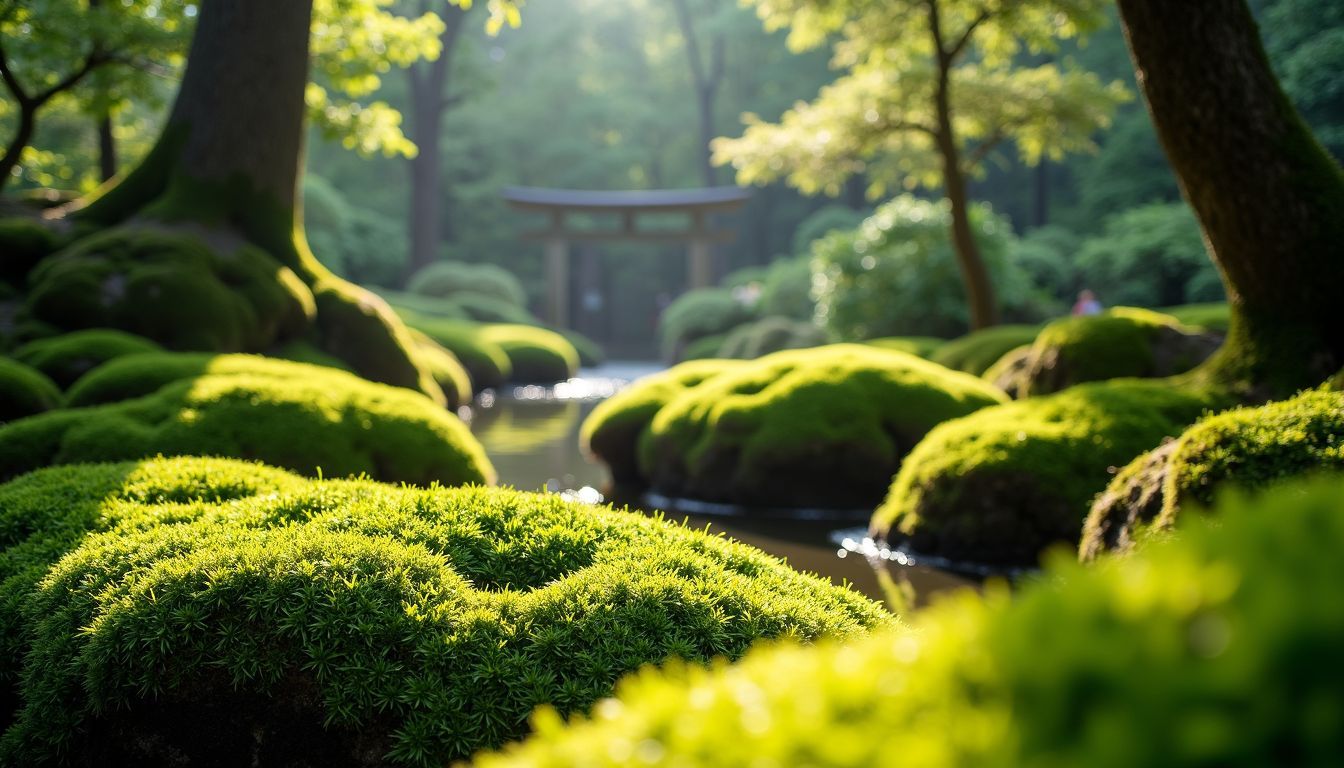
The Bamboo Forest is iconic, but Arashiyama has more to offer. Gio-ji Temple is a quiet gem with lush moss gardens. It’s peaceful and a great spot for photos.
“Nature never hurries, yet everything is accomplished.”
Walk a bit further and find Okazaki Shrine. This lesser-known spot has cute rabbit statues that delight visitors. It’s perfect for relaxing away from crowds.
…
Lesser-Known Cultural Gems in Kyoto
Lesser-Known Cultural Gems in Kyoto
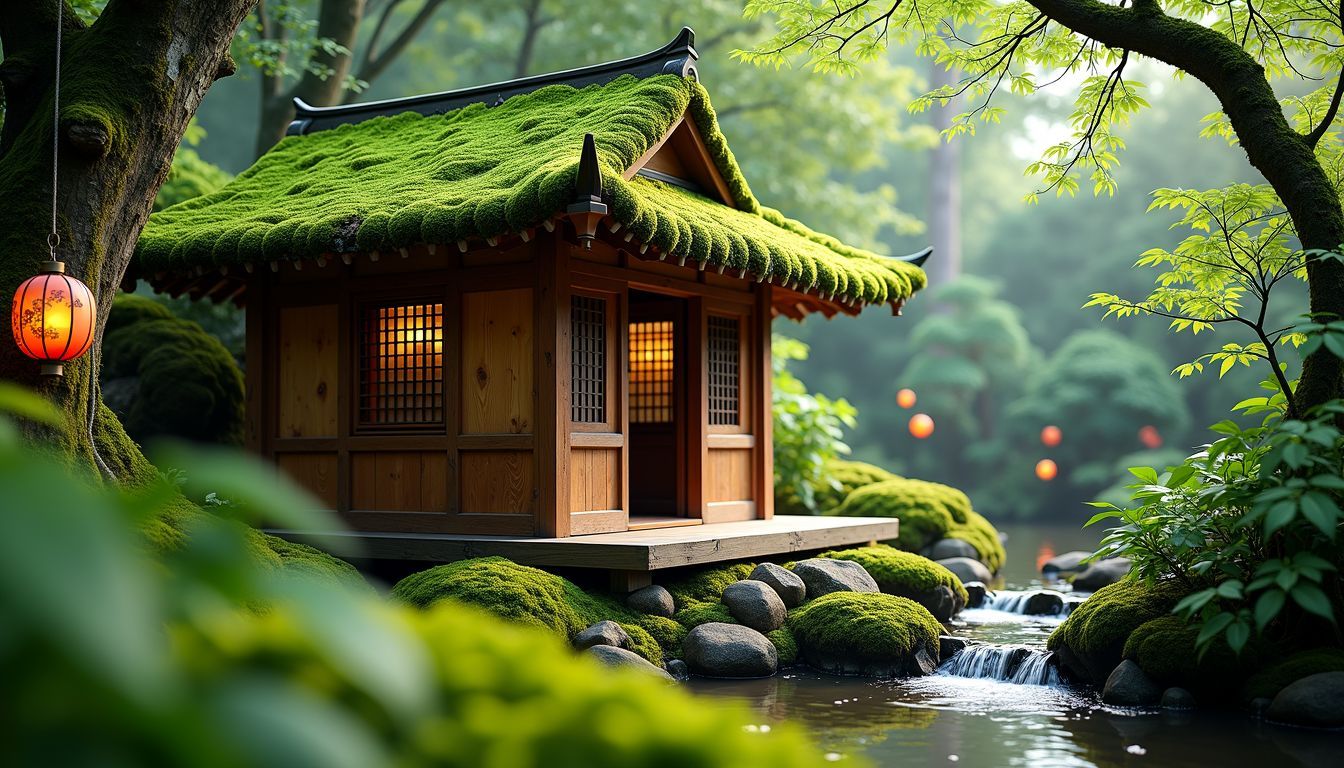
Kyoto offers more than its famous spots. There are hidden jewels that few travellers know about….
Rurikoin Temple’s Fall Foliage
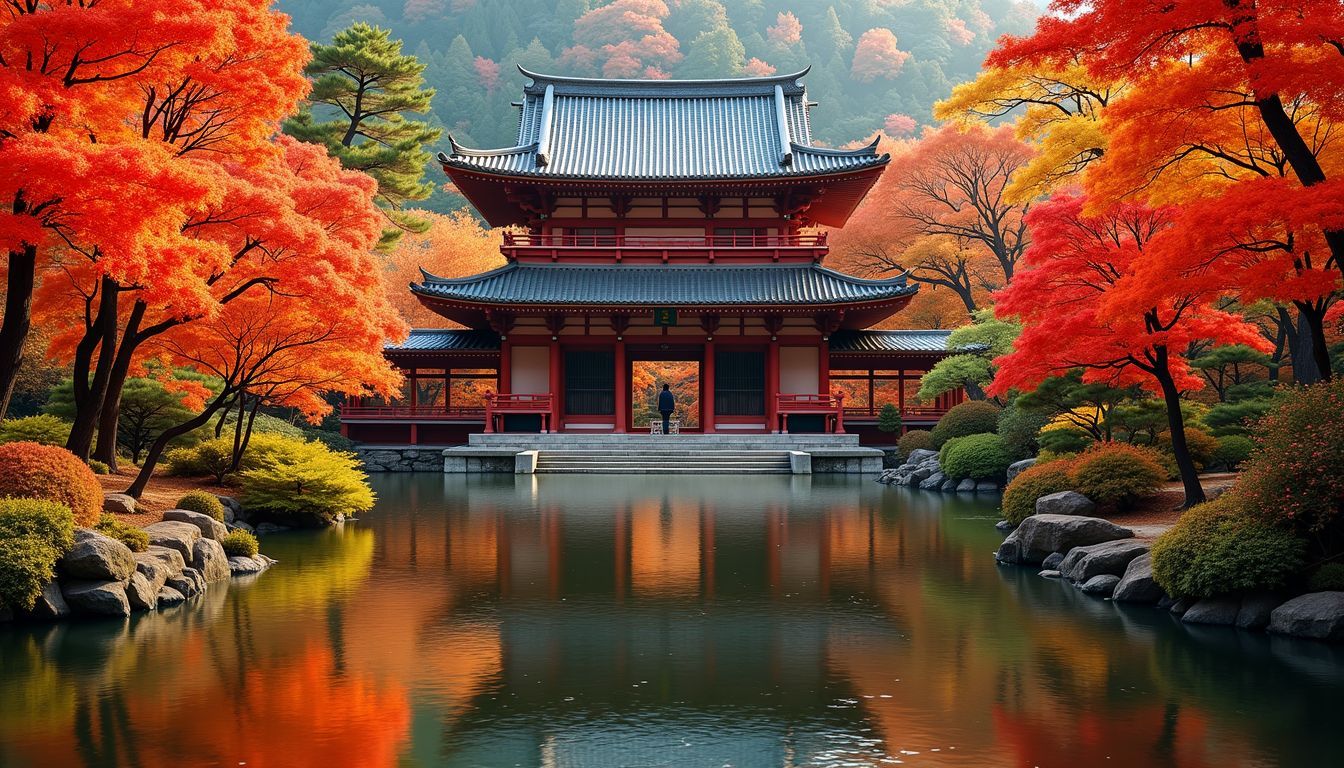 Rurikoin Temple is a quiet place often missed by many. In autumn, its trees turn vibrant colours. You can see shades of red, orange, and yellow everywhere. The calm ponds reflect these hues, creating a peaceful scene.
Rurikoin Temple is a quiet place often missed by many. In autumn, its trees turn vibrant colours. You can see shades of red, orange, and yellow everywhere. The calm ponds reflect these hues, creating a peaceful scene.
Visiting Rurikoin feels like stepping into a painting. Fewer tourists visit here, so it offers a true escape from busy spots. It’s one of Kyoto’s hidden treasures that should be on any travel list in the fall season.
Seimei Shrine’s Ancient Cosmology Symbols
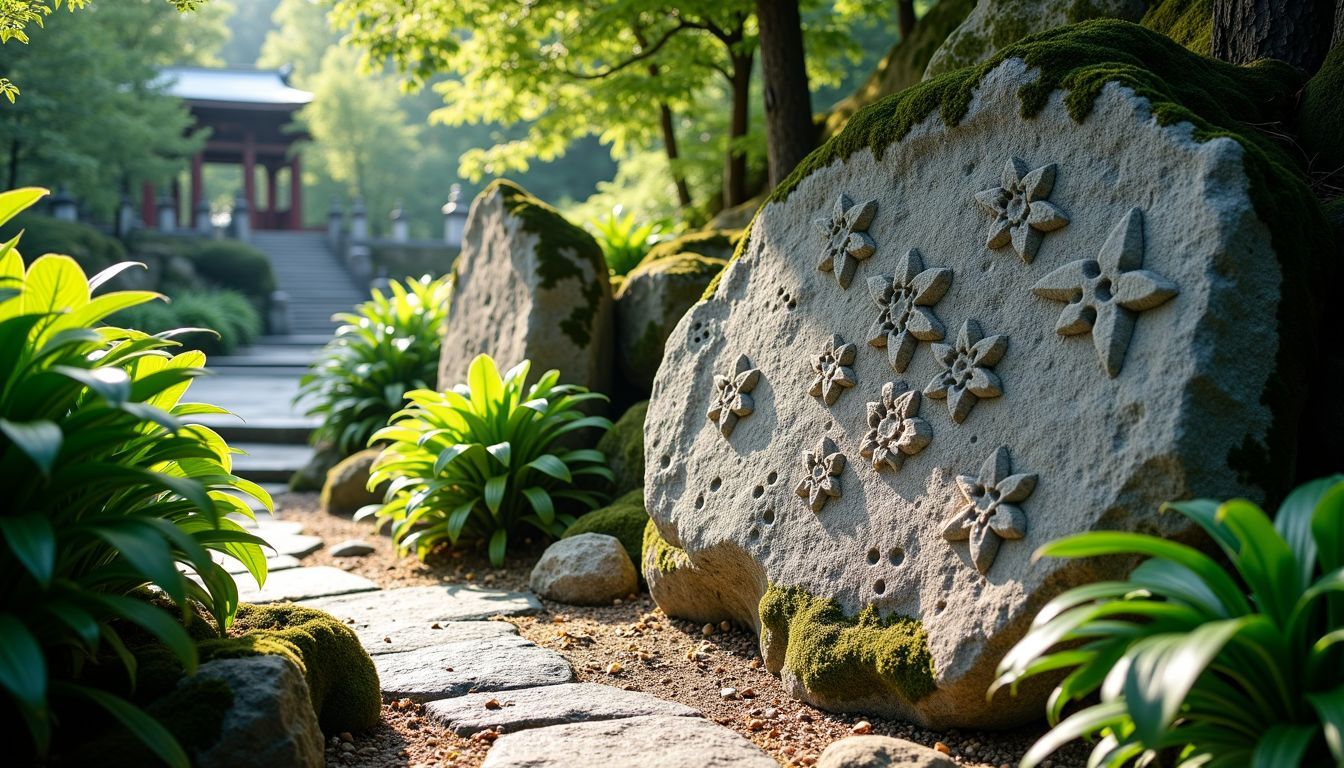
Next, we explore the mystical Seimei Shrine. This place is a hidden gem in Kyoto and contains ancient cosmology symbols. Founded in 1007, the shrine honours Abe no Seimei, a famous onmyoji (a master of yin-yang divination).
I walked through its serene grounds and felt the rich history. The shrine has star patterns called “Seiman” and “Doman,” which are used to ward off evil spirits. These symbols reflect Japan’s old belief systems like Shintoism and onmyodo.
Seeing these symbols was awe-inspiring. They connect past traditions with today’s culture, making it a must-see spot for any traveller interested in Japanese heritage.
Conclusion: Planning Your Visit to Kyoto’s Hidden Gems
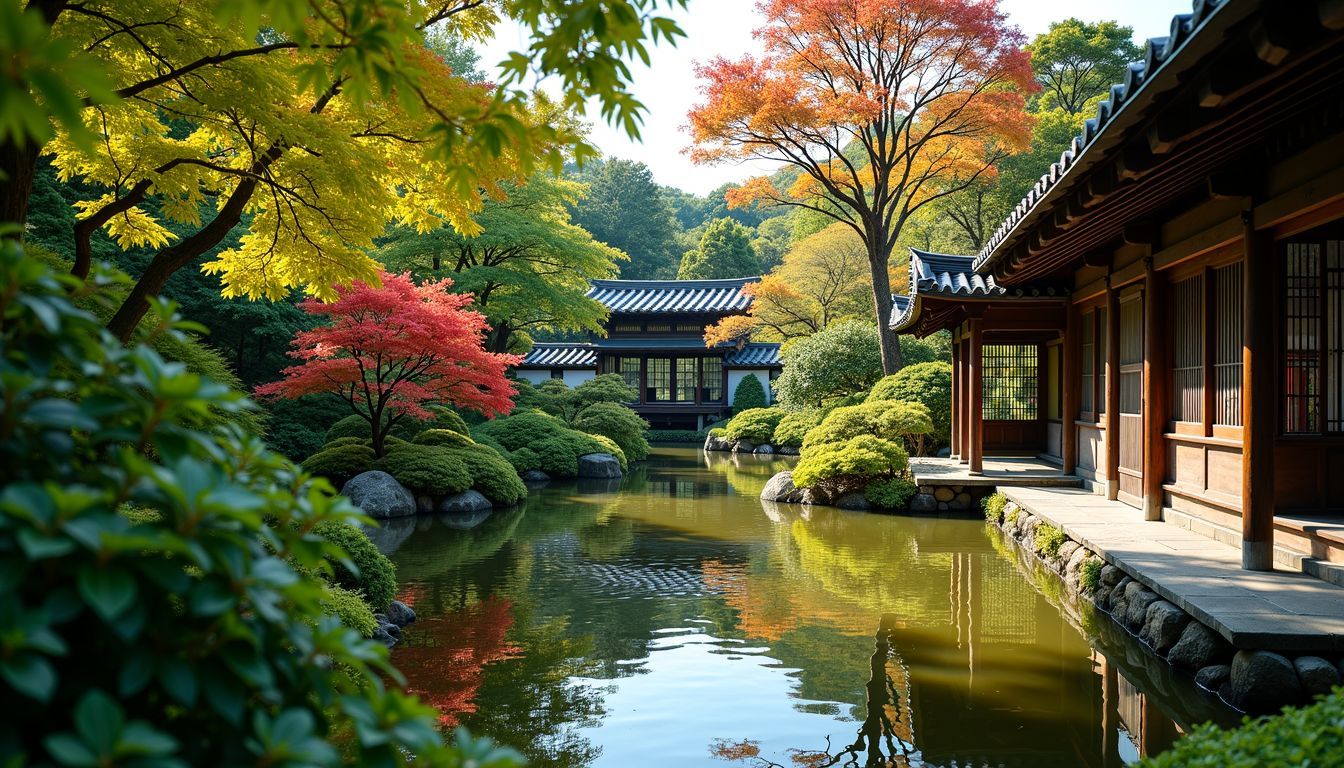
Planning your visit to Kyoto’s hidden gems is easy. Start with a good map and mark these spots. Plan for slower days, so you can enjoy each place. Bring a camera—a lot of these sites are postcard-worthy! The less-visited places often bring the most joy.
Happy exploring!
For more adventurous destinations beyond Japan, discover our guide on the must-visit places in Iceland that will surely captivate your wanderlust.
FAQs
1. What are some hidden gems in Kyoto related to Zen Buddhism?
Kyoto has many hidden gems tied to Zen Buddhism, such as Eikando and Daitokuji. These temples offer serene atmospheres and beautiful Japanese gardens.
2. Where can I experience a traditional tea ceremony in Kyoto?
You can enjoy a traditional tea ceremony at places like Kennin-ji Temple or Yasaka Kōshin-dō. These spots provide an authentic taste of Japanese culture.
3. Are there any lesser-known historical sites in Kyoto?
Yes, you can visit Momoyama Castle and Heian-kyo for rich history without the crowds. Also, explore Honganji for its deep roots in Buddhist traditions.
4. Can you recommend unique cultural experiences beyond temples?
Certainly! Try shopping for Japanese traditional clothing or tasting local sushi cuisine. You might also love visiting the Crane and Turtle Garden for its beauty.
5. How do I avoid overtourism while exploring Kyoto’s attractions?
To dodge overtourism, visit less crowded spots like Sannen-zaka or Daisen-in instead of popular ones like Kinkakuji during peak times.
6. Is it possible to find budget hotels near these hidden gems?
Absolutely! There are many business hotels and budget options around Shiga Prefecture that give easy access to all these wonderful sites without breaking the bank.